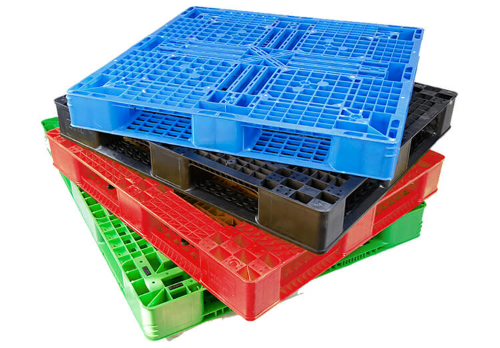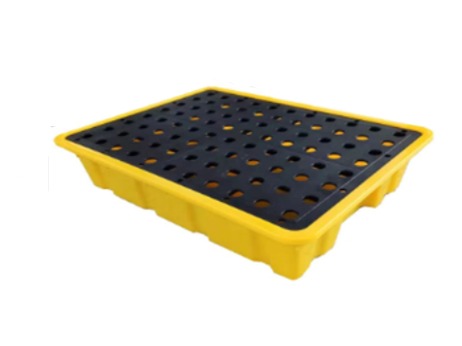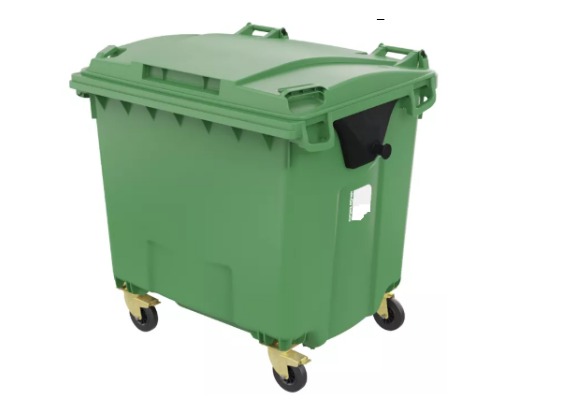-
Time:9/2/2025
-
Time:8/4/2025
-
Time:7/2/2025
-
Time:6/10/2025
-
Time:5/6/2025

- CONTACT US
- [email protected]
Correct Use Method and Storage Maintenance of Plastic Nest
 Time:6/12/2019
Time:6/12/2019 1093
1093With the continuous development of society, plastic nest are more and more widely used in manufacturing industry, especially in food processing industry. The demand for plastic turnover boxes is huge. So how to use plastic turnover boxes correctly to prolong their life? How should we operate it? What are the requirements? Aceally based on years of experience, this article focuses on solving the above problems for you.
First of all, as the name implies, the main material of the plastic turnover box is made of plastic. Usually, it is made of HDPE or polyethylene. People who have a little experience in life know that plastic is mainly afraid of direct sunlight for a long time, because ultraviolet rays in sunlight will accelerate its aging and greatly shorten its service life. Therefore, when using the turnover box, try not to use it in the open air. If it is unavoidable, try to take sunshade measures to avoid too long exposure to the sun. Secondly, in the use of turnover baskets, we should also try to avoid falling off the turnover box at high altitudes. When filling heavy items, especially metal parts, we should not throw them into the turnover box at will, so as to avoid excessive impact resulting in partial damage, because the turnover box is difficult to repair, and it will be discarded directly after breaking, and can only be sold as waste plastics.
In addition, when filling cargo, it should be laid as flat as possible, so that the load of the turnover box is uniform and reasonable, so as to prevent excessive stress on a certain part, leading to deformation, distortion or damage. The larger deviation of the center of gravity of the turnover box may also cause the phenomenon of stacking, which may easily lead to safety accidents. In addition, the plastic turnover box is in the process of automobile transportation. In addition, when the carriage is placed, there should be no gap tightly, so as to prevent the gap from being too large. Because of the uneven road surface during the transportation process, it will cause cracks in the carriage caused by severe shaking and collision.















